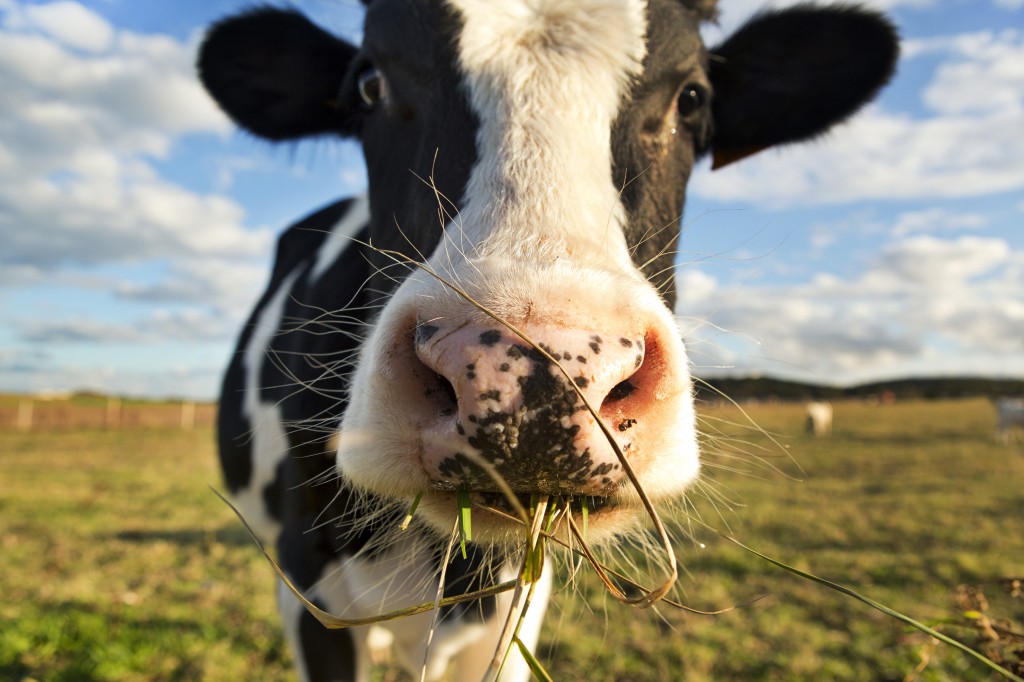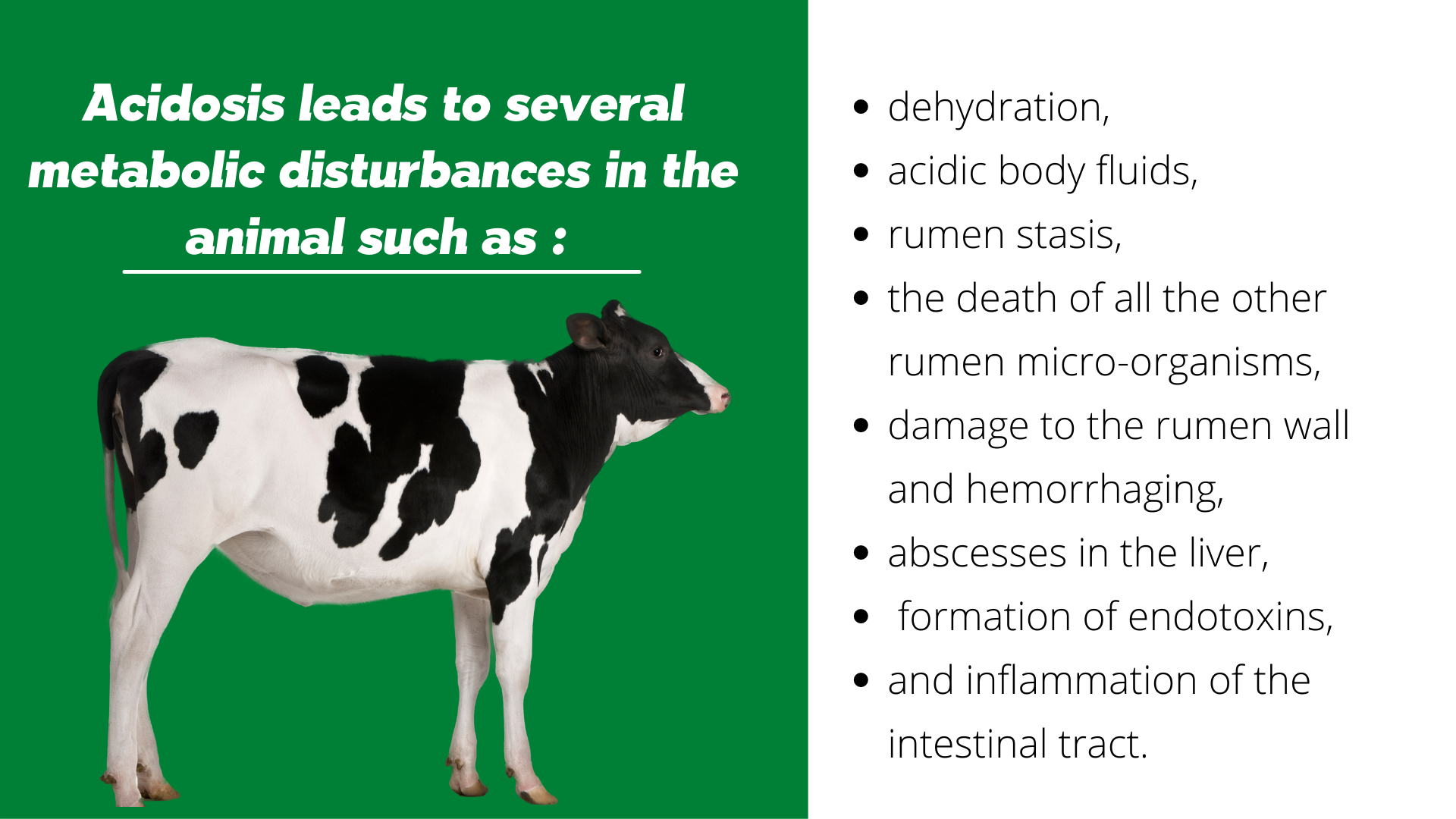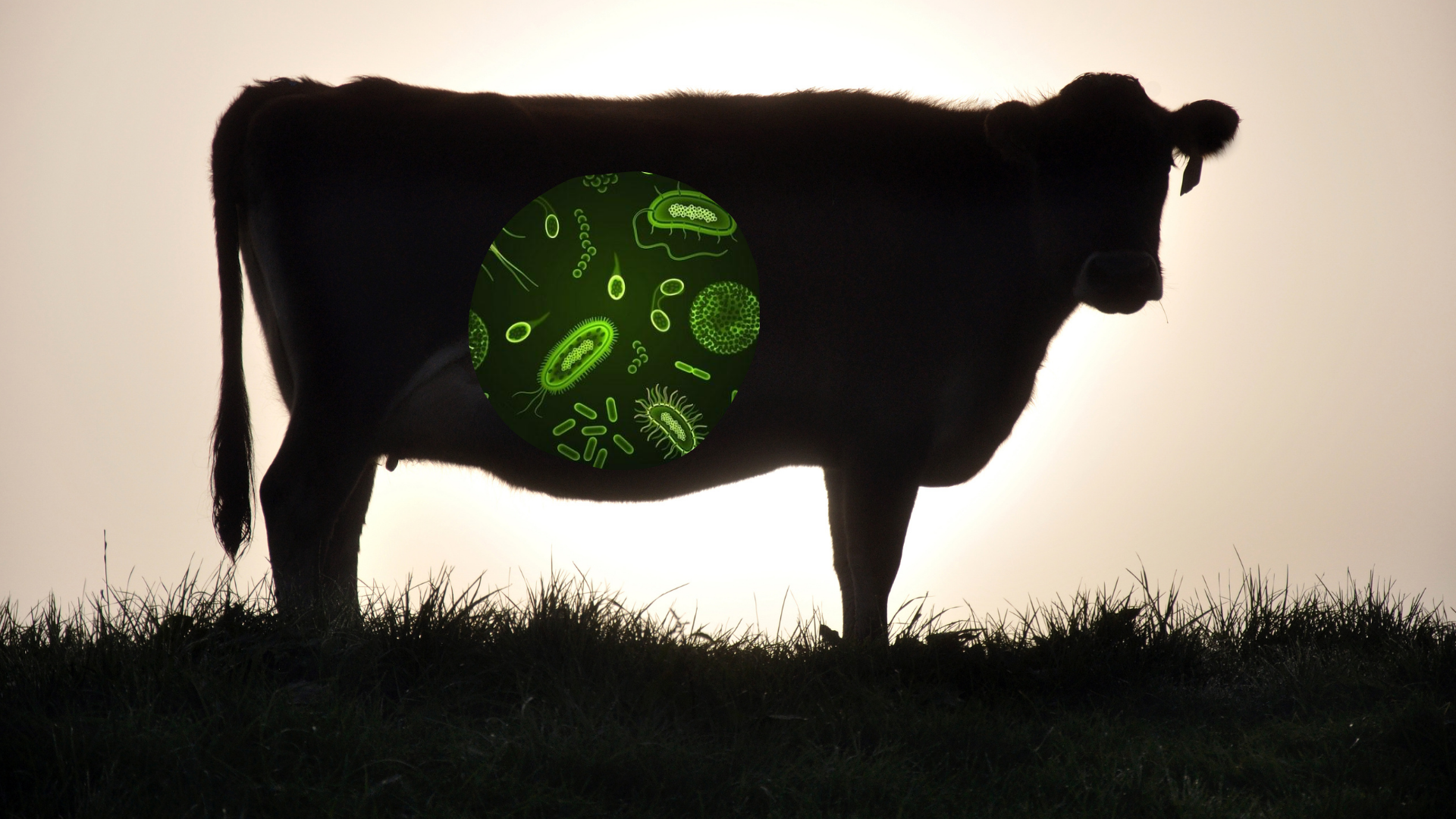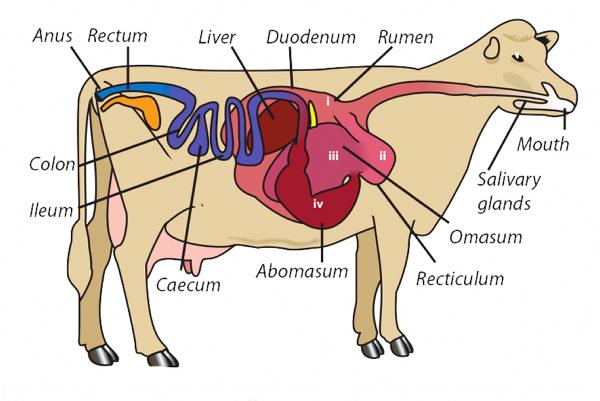Carbohydrates, fats and lipids are the main sources of energy for farm animals. The animal needs energy for maintenance, growth and production functions.
Carbohydrates
Carbohydrates are found in very small quantities in animals. Most animals store carbohydrates in the cells of the liver in the form of glycogen. Plants however are a very rich source of carbohydrates. The most common place where a lot of carbohydrates are found is in the seeds of the plants in the form of starch. Some plants like sugar cane, sugar beet and even the sweet maize plant contain high quantities of sugars in their stems. Carbohydrates include:
- Starch
- Glycogen
- Cellulose
- Hemicellulose
- Sugars:
- Mono-saccharides (glucose, fructose, galactose)
- Di-saccharides (sucrose, maltose, lactose)
- Poly-saccharides (hexose, pentose)
Cellulose and hemicelluloses are resistant to digestive processes and their energy content is locked up and can only be utilized by animals that use microbes to help them with their digestion. Fermentation in the rumen of ruminants and the caecum and colon of horses and rabbits results in the production of short-chain fatty acids (acetate, propionate, and butyrate). These end products also result from the fermentation of sugars and polysaccharides. Fatty acids are absorbed by the reticulo-ruminal epithelium (stomach lining). Acetic acid is absorbed most rapidly, followed by propionic and butyric acids. Volatile fatty acids contribute approximately 60% of all the energy metabolised by the ruminant animal. The volatile fatty acids enter the metabolism in various ways. Propionic acid is converted into glucose and stored as glycogen. Acetic acid may be formed into body fat, oxidised to provide energy, or converted to glucose and stored as glycogen.

Butyric acid and acetic acid are important sources of milk fat. The sugars and starches also supply energy to the farm animal (Less than 5% of the metabolizable energy is derived from these sources). As mentioned above, sugars and starches are also broken down in the rumen by microbial fermentation and volatile fatty acids are formed.
Since the microbes are responsible for digestion in the rumen, it should be remembered that it is actually the micro-organisms that are being fed rather than the animal. This is often forgotten in the feeding management of ruminants. When changes in the feed occur, the microbial population in the rumen changes. Some micro-organisms increase in number if the feed source that they prefer is provided while others will decrease in number since their feed source is not being supplied. Because of this continuous adaptation of the microbial population to the feed provided, it should be remembered that new feeds should be introduced to ruminants over a week to two-week period. This allows the microbial population time to adapt to the new feed source. If sudden complete shifts are made in the diet, the microbial population will die.

Acidosis is a disease condition resulting from poor feed management. Lactic acid bacteria occur in the rumen naturally but in very small numbers (about 0.01% of all the rumen bacteria). If a large amount of a concentrate feed (such as maize) is fed suddenly, then the lactic acid bacteria multiply very rapidly, reaching numbers as high as 30% of the total rumen microbial population. This leads to the production of excesses of lactic acid and reduces the pH in the rumen to less than 5. This massive increase in acidity leads to several metabolic disturbances in the animal such as dehydration, acidic body fluids, rumen stasis, the death of all the other rumen micro-organisms, damage to the rumen wall and haemorrhaging, abscesses in the liver, formation of endotoxins, and inflammation of the intestinal tract. The mono-saccharides are readily absorbed by simple diffusion in the small intestine. The amylase enzymes are responsible for hydrolyzing the more complex sugars to their simple free derivatives. Thus, the disaccharide sucrose is converted to fructose and glucose, maltose is converted to glucose, and lactose is converted to galactose and glucose. The amylase enzymes found throughout the digestive tract digest the polysaccharides such as starch and glycogen. However, as mentioned above, cellulose and hemicellulose have beta-linked glucose units or pentose and hexose units, respectively, but no animal secretes the enzyme which can hydrolyze these beta-linkages. Thus, the digestion of cellulose and hemicellulose in ruminants is dependent on microbial action.

Fats
Fat digestion begins in the duodenum (small intestine) when the triglycerides come into contact with pancreatic lipase and bile salts. Triglycerides (the most abundant of the dietary lipids) are emulsified to glycerol and monoglycerides, free fatty acids and diglycerides. The monoglycerides and fatty acids combine with bile salts and sodium to form a micellar solution in the lumen of the small intestine. The lipid micelles enter the inter-microvillar spaces of the intestinal tract allowing the monoglycerides and fatty acids to enter the cells. Once inside the intestinal mucosal cells, the long-chain free fatty acids and monoglycerides are re-esterified back into triglycerides. They are then coated with a layer of lipoprotein, cholesterol and phospholipid to form chylomicrons which are carried away by the lymph system. Short-chain fatty acids merely pass from the mucosal cells directly into the portal blood where they are transported to the liver as free fatty acids.
Hydrolyzed means the breaking of a chemical bond by the addition of a water molecule.

Click here to view a video that explains the role of carbohydrates in dairy cow nutrition.